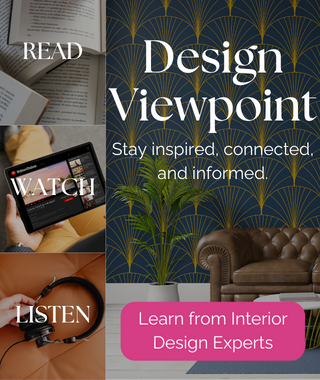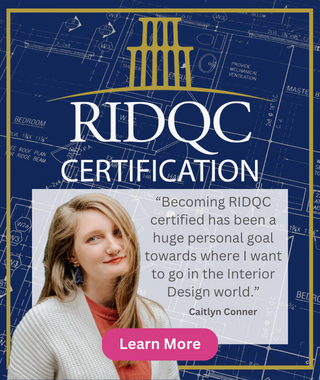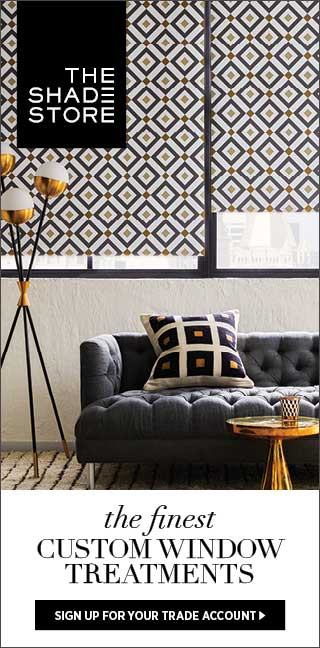A Time for Regeneration
After a year like 2020, a reset is in order. This had us thinking about the cycles of nature and how, if given the opportunity, a healthy ecosystem can withstand, resist, and recover from all manner of environmental trauma. We are part of that system, and we too can bounce back when given the chance to thrive. The interior design industry is fortunate to have received the “Covid bump” instead of the “Covid slump”—it's a colossal opportunity to move forward with sustainability top of mind.
Although it's not new, the sustainability movement is gaining followers within the design industry. Home design has experienced substantial growth during the pandemic, and many commercials designers are making a shift towards residential. With both designers and consumers becoming more aware and informed about the health of our planet, more companies are developing sustainable initiatives in terms of sourcing, manufacturing, and even shipping.
This month, we'll highlight a wonderful company, Material Bank, who is disrupting the sampling industry. And we know you're curious about upcoming events, so we'll keep you posted on those as we lock in dates for 2021.
Do you have sustainable design tips you'd like to share with the DSA community? Have you noticed an uptick in interest for eco-friendly materials or sourcing methods? If so, we'd love to hear about it. Email us at
support@dsasociety.org and we'll share your story with the DSA community.
Natasha Lima Younts DSA
Loyalty Ambassador
Designer Society of America
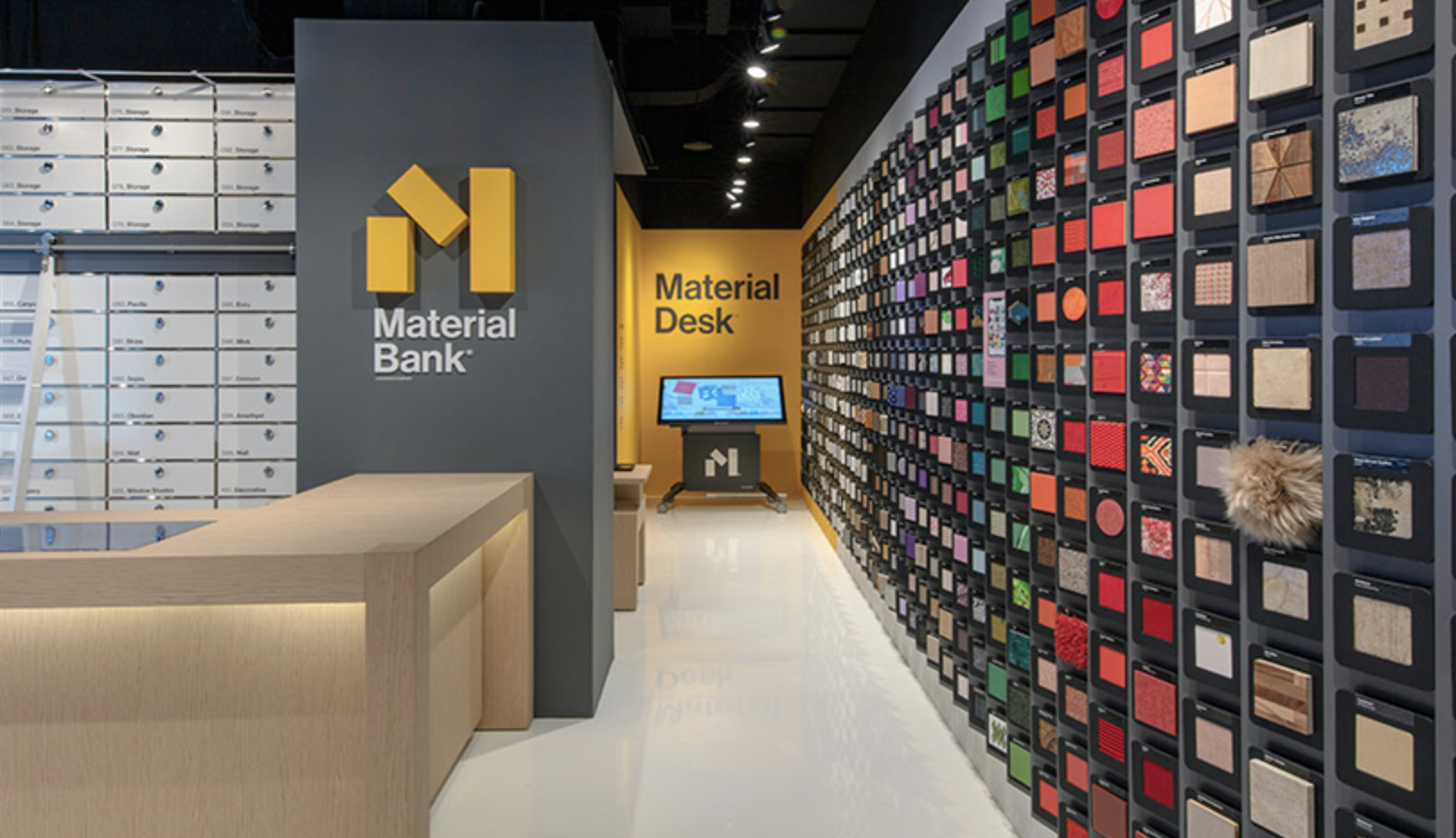
Material Bank LabCourtesy of Interior Design
Material Bank Simplifies the Sampling Process
By Davina van Buren
Busy designers know what a hassle the sampling process can be: look through brand websites, select samples, create profiles on several systems...then the waiting game begins. Even a simple project can require dozens of samples, most of which come with excess packing materials that end up in landfills (or taking up valuable office space).
Material Bank, the revolutionary company founded by media mogul Adam Sandow, brought an end to all that. Sandow and his team spent two years studying design industry pain points from both the designer and manufacturer perspectives, then built a targeted and scalable solution: the world's largest material library.
How It Works
Material Bank allows designers to search for and order materials from hundreds of brands in one place. Browse flooring, wall coverings, tile, fabrics—plus specs, technical insights, performance data, and more—on one easy-to-navigate digital platform.
The service is free for designers, while manufacturers pay a fee to be part of the database. Obviously, this simplifies many aspects of the sampling process and saves precious time, but there's much more to the service.
Samples With a Quickness
As the publisher of Interior Design, Sandow understands the sense of urgency many projects require, so the Material Bank platform is built with speed and efficiency in mind.
In fact,
Sandow built the Material Bank logistics warehouse right down the street from the FedEx superhub in Memphis, Tennessee. Get your sample order in by midnight EST and they'll be on your desk by 10:30 the same
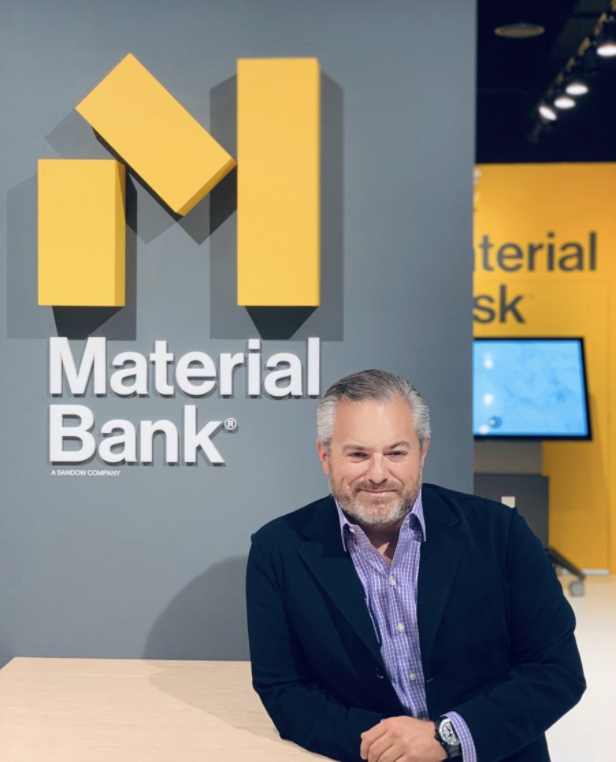
morning.
Eco-Friendly Packaging & Easy Sample Returns
Many samples end up as clutter or worse yet, in landfills. Material Bank's strong focus on sustainability attracts a wide swath of eco-conscious designers.
The company's proprietary packaging keeps waste to a minimum. Samples from multiple brands come in a single, sleek box that serves as a tray to hold (and travel with) your samples. Instead of individual wrapping, all soft samples come in a single package with no foam, peanuts, or bubble wrap.
Adam Sandow in the new Material Bank LabCourtesy of Interior Design
Material Bank trays are reusable and returnable—they come with a postage-paid return label so you can easily pack up your unused samples and return them. Boxes are individually inspected and put back into the rotation to reuse, and a robust reclamation program allows returned samples to serve other designers.
Material Bank is always free for architects, designers, librarians, purchasing agents, and other specifiers. Have you used this service? If so, we'd love to hear about it.
Informative Video
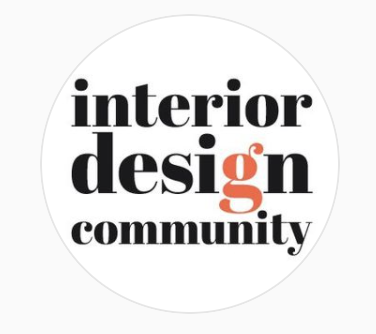
Laurie Laizure Welcomes You to Interior Design Community
What it is, Why It's Growing, and How to Get Involved
By Nicole Riley
In a client-centered industry like interior design, where business is often carried out by solopreneurs, where do you turn to when you have a question, a complication, or simply a bad day? Laurie Laizure's Interior Design Community (IDC), an online network for design professionals, appears to check mark several boxes.
Creating Community On-Demand – “We wanted this to be something that you didn't have to wait for…”
While
Interior Design Community (IDC) began as a small group of design professionals talking shop on Google Plus, it has grown into a worldwide community of designers, manufacturers, and everyone in between with platforms on Facebook, Instagram, and its own social media site through Mighty Networks. The founder, Laurie Laizure never predicted this kind of growth, but she is grateful to help so many people find support and connection through the community.
This humble creator is hesitant to take credit for the flourishing community though. She says that while it was her idea, it only worked because “everyone wanted that space.”
IDC emerged from Laurie's belief that, “Sometimes as a designer, especially a solo entrepreneur designer, you feel very isolated.”
Even though designers mingle with fellow designers in their area, Laurie says, “You don't find that they will share their ups and downs with you. And sometimes it can feel like you're the only person that's experiencing these problems, like, ‘Am I doing this wrong?'”
With members that are “so willing to share and support one another,” designers gain a sense of validation and belonging through IDC. “They are able to find people that are like-minded. And that's the main reason people really love the community. They feel that they're no longer alone. They get to see that other people are going through the same experiences they are going through. They have the same problems that they have.”
IDC serves as a space to not only open the floor for important conversations but also pull back the veil on the design world to give designers at all levels and from all walks of life a chance to enter.
Who's Welcome and How it Works – “…we pull people together, and we let them listen to each other…”
To encourage the spread of knowledge and understanding throughout the design world, IDC welcomes members of all kinds. “If you work in a showroom or you're a vendor or a manufacturer or even just want to be a designer, we welcome everyone because we know that we're all in a process. We find that, if we pull people together, and we let them listen to each other, they learn so much.”
IDC also welcomes all level designers. “We have newbies who are just starting out in school, and we have experienced designers that people have seen in magazines.” Laurie goes on to say how beneficial it is for beginning designers to see big-name designers experiencing the same ups and downs as them, such as facing difficult discussions with a client when products don't come in on time.
From the beginning, Laurie wanted to help everyone feel welcomed and heard, from seasoned professionals to students. Providing everyone with a voice is part of the reason IDC has three separate platforms. Laurie says, “We like to meet the designers where they really want to communicate.”
As to which platform someone should choose, Laurie says, “It depends what you're looking for.” According to her, serious professionals may prefer the Facebook group which is invitation only to maintain exclusivity and a certain level of experience. Anyone can join the Mighty Networks group, which is good for designers looking to expand their network. And those interested in more lighthearted engagement with the community can follow the public Instagram account.
Laurie is always amazed by member feedback to questions. She says, “I'm always inspired by that because they don't have to do that. They don't have to spend their time sharing information about their clients or their procedures in order to help someone else. They're taking their time to help a stranger with a problem. And it just always makes me kind of speechless.”
Well, for Laurie it's because she believes it's the key to making positive change in the design industry. “I know this is like very Kumbaya of me. But the bigger picture of it is I believe as we build this big community, it gives designers power in numbers. They can motivate and change the industry in ways that benefit designers… And that could be big or small.” Some examples Laurie gives are working with vendors on better pricing for designers or standing up to unethical actions of manufacturers.
Laurie explains,“[Designers] experience more power in numbers than we know… When I walk into a room and see a group of designers, I see up to millions and millions of dollars of buying power right there, in a room of designers. I mean you're walking into a room of CEOs. And they're not just CEOs or tastemakers. They're changing the way the world sees their homes.”
IDC Is on Your Side – “They have the support of the Interior Design Community behind them.”
Laurie encourages IDC members to be open about issues so that solutions can be found. And she is always prepared to lead the way. “We've actually emailed manufacturers directly or called. If I have a member come to me and say, ‘this is happening, and I don't know how to handle it,' I will talk to [the manufacturer]… I don't have a problem with contacting them directly.”
For Laurie, IDC is a platform for tackling big questions through communication, education, and old reliable connection. At the end of the day, she says, “We have to think about the bigger picture and how this all plays out for our industry, not just ourselves.”
As her hope for every member of IDC, Laurie shares her wish that “They get a space where they can feel as though they belong and there are people there that have their best interests at heart and want to help them succeed… That is what I want for them.”
So the next time you're feeling overwhelmed or the design world starts to feel unfair or even a little lonely, know that you always have a place to turn: Interior Design Community.
---



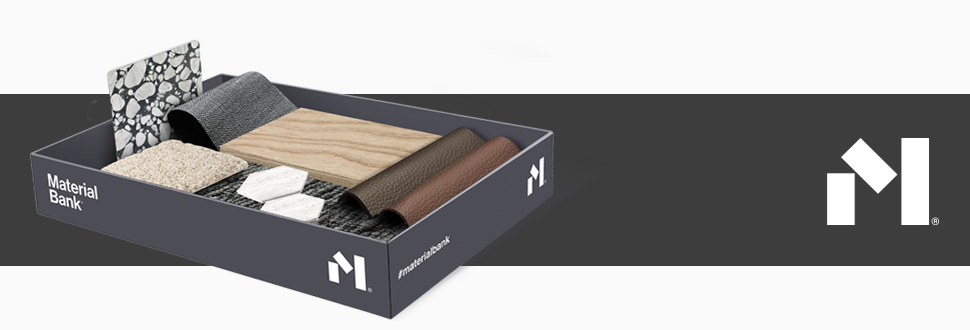
 morning.
morning. 
